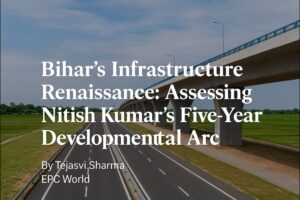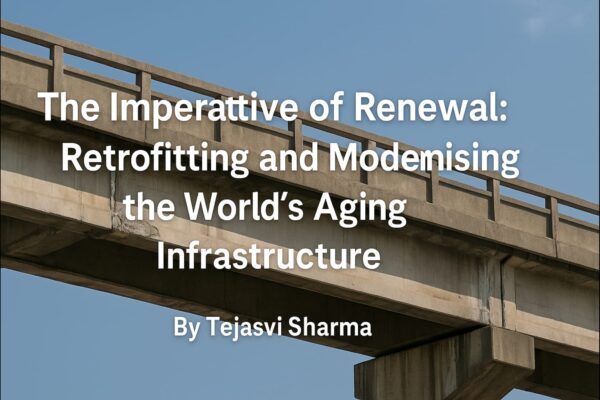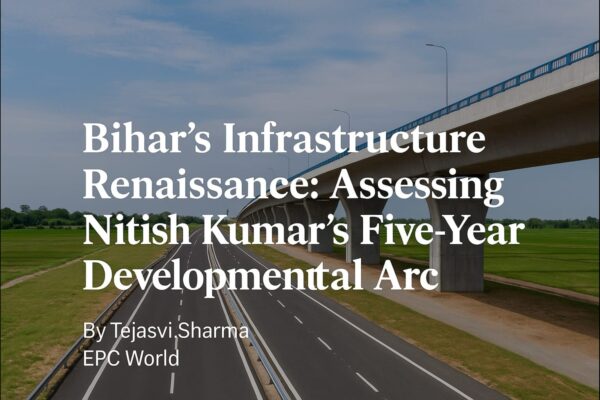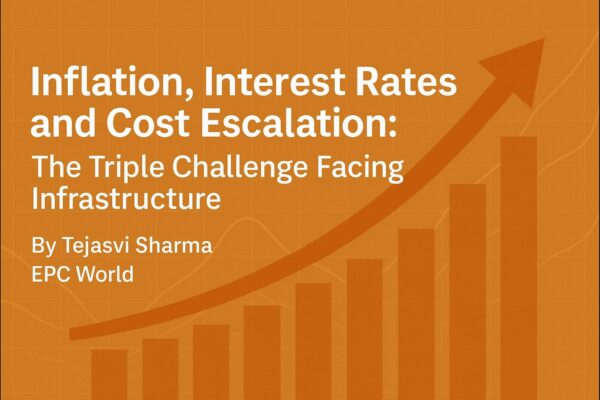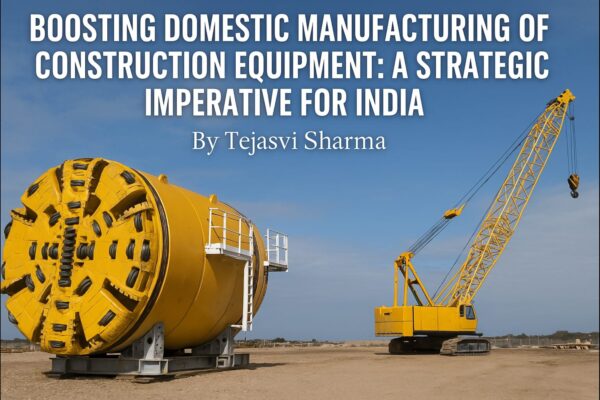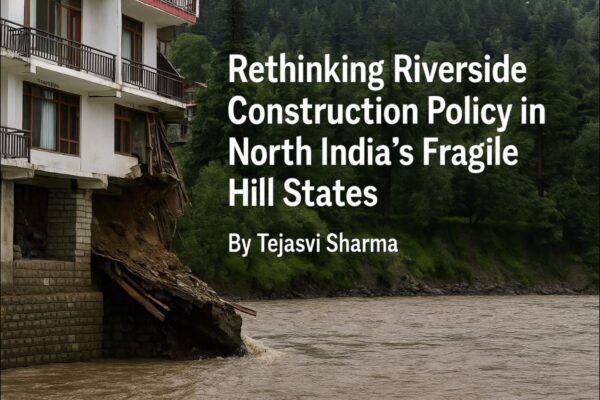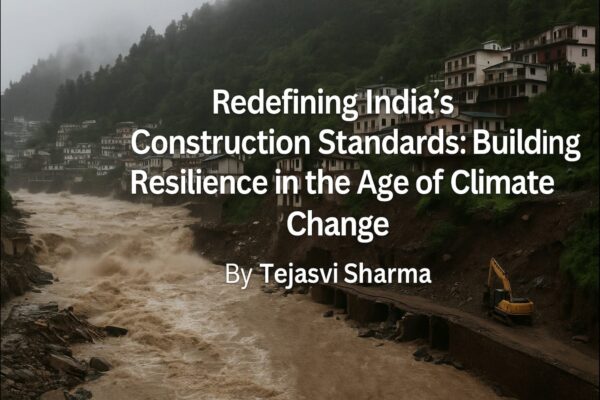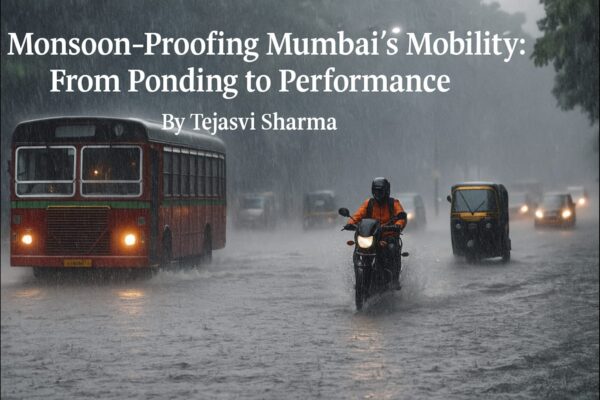Tariff Wars and the Indian infrastructure sector: A test of resilience and strategy
by Tejasvi Sharma, Editor-in-Chief, EPC World
The global infrastructure industry is no stranger to geopolitical tremors. Yet the escalating tariff wars among the world’s leading economies—particularly the United States, China, and the European Union—have injected a new layer of complexity into India’s infrastructure ambitions. From steel and aluminium to specialised machinery and solar modules, tariff regimes have begun to distort cost structures, challenge supply chain continuity, and threaten the viability of large-scale projects already under implementation.
India’s infrastructure sector, which contributes nearly 9% to GDP and sustains over 50 million livelihoods, is acutely exposed to these shifts. According to the Ministry of Commerce, India imported over $12 billion worth of engineering and construction equipment in 2023, with China alone accounting for 26% of this volume. The imposition of higher countervailing duties on Chinese imports by Western economies has triggered price escalations that ripple across global procurement channels, raising landed costs in India by as much as 15%. The renewable energy segment, particularly solar EPC contractors, has been one of the hardest hit. Solar module imports—70% of which originate in China—have witnessed price volatility that has compelled developers to renegotiate power purchase agreements and defer project timelines.
Beyond equipment costs, tariff wars have disrupted capital goods supply chains. Indian firms engaged in turnkey power and metro projects have reported delays of 3–6 months in delivery schedules, with penalty exposures running into hundreds of crores. In an environment where infrastructure developers operate on thin operating margins—often below 8%—such disruptions can decisively erode profitability. According to CRISIL, project-level internal rate of return (IRR) estimates in certain sectors have been revised downward by 150–200 basis points over the past year alone, reflecting higher input costs and delayed cash flows.
These challenges compel a strategic recalibration. Indian infrastructure enterprises must embrace a two-fold approach. The first is the systematic de-risking of their procurement ecosystems. This requires developing alternate sourcing relationships in countries such as Vietnam, South Korea, and Eastern Europe, whose manufacturers have gained competitiveness amid the tariff standoffs. The second is an acceleration of domestic manufacturing capabilities for critical components, especially in renewable energy, electrical machinery, and high-capacity cranes. Here, India’s Production Linked Incentive (PLI) schemes can serve as a vital catalyst. The solar PLI scheme, with an outlay of ₹24,000 crore, is expected to create 48 GW of integrated manufacturing capacity by 2026—a timeline that must now be compressed to insulate the sector from external shocks.
Equally important is the role of government policy in providing transitional buffers. One such imperative is the rationalisation of customs duties on essential capital goods that have no viable domestic substitutes. Another is the creation of a sovereign-backed tariff mitigation fund to cushion developers from sudden price escalations in imports of critical components. The government can also consider extending interest subvention on working capital loans for infrastructure EPC contractors facing cash flow mismatches due to supply chain disruptions.
At a strategic level, India’s infrastructure planners must also leverage the PM Gati Shakti National Master Plan to institutionalise supply chain visibility across ministries. A centralised digital dashboard mapping import dependencies, lead times, and risk exposures would enable proactive interventions long before disruptions metastasise into project delays.
Tariff wars are likely to remain a structural reality in a world where economic nationalism increasingly trumps the principles of free trade. For India’s infrastructure sector, the path forward must balance resilience and adaptability with targeted government support. It is a test of foresight, collaboration, and policy agility. Should India succeed, it will not only weather this storm but emerge with a more robust and self-reliant infrastructure ecosystem—one capable of sustaining the nation’s growth aspirations, regardless of the tempests that buffet global market.
Tags




